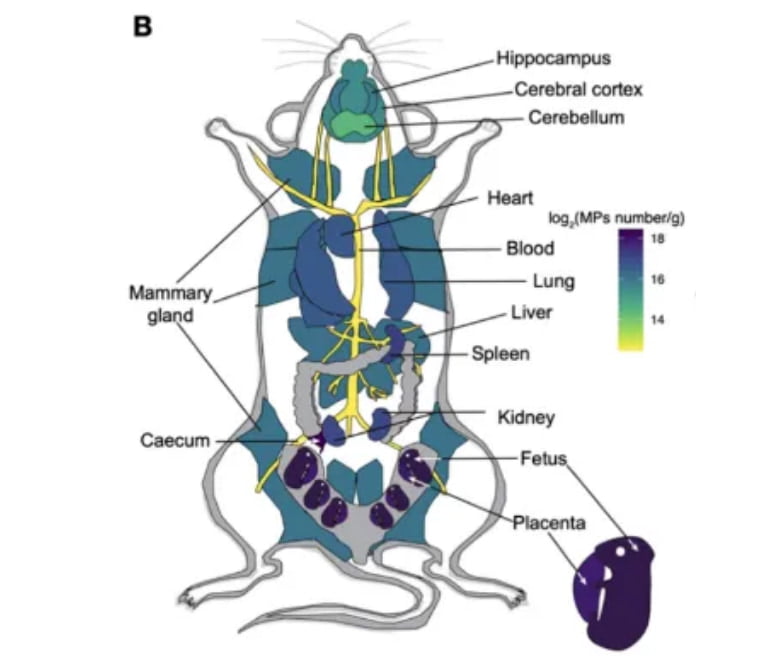A recent study by the Institute of Life Sciences at Zhejiang University in China found that even five well-known brands of paper cups release large amounts of microplastics when hot water is added, and that drinking three cups of hot water in a row from such cups may have adverse effects on metabolic and reproductive health.
Microplastics, ranging in size from 0.1 micrometers to 5 millimeters, originate from the degradation of plastics, wear and tear, and their improper handling. Although many people believe that paper cups should be free of plastic, in reality they are often lined with a thin film of polyethylene plastic to prevent liquid penetration. When this film is exposed to heat for too long, it can peel off and release microplastics.
The potential health hazards of microplastics have caused widespread concern, and according to a 2019 study by the World Wildlife Fund, the average person is likely to ingest about 5 grams of plastic per week, the equivalent of the weight of a credit card.
Given that microplastics are prevalent in the environment and are easily ingested through respiration, drinking water, etc., it is not practical to completely avoid plastic products in real life. In this regard, Prof. Ding Xuejia suggested the following measures to reduce the harm of microplastics: rinse new plastic products with hot water before using them; keep commonly used plastic products clean; avoid using plastic containers to heat up food; choose regular manufacturers and high-quality plastic products, such as food-grade or medical-grade plastic bottled water, which are usually safer; and regulatory agencies should also strengthen quality control of raw materials used in the production of plastic products. The most fundamental solution lies in reducing the use of single-use plastic products, which protects personal health and promotes environmental protection.
Jiang Chao's laboratory at the Institute of Life Sciences, Zhejiang University, published the latest research results in the Journal of Hazardous Materials, an internationally renowned journal in the field of environment, which for the first time systematically revealed the tissue-specific accumulation of microplastics released when drinking hot water in disposable paper cups in pregnant rats and their toxic effects on metabolism, reproduction and offspring.

Schematic diagram of microplastic accumulation in mouse anatomy; color gradients indicate changes in the density of microplastics in different tissues

